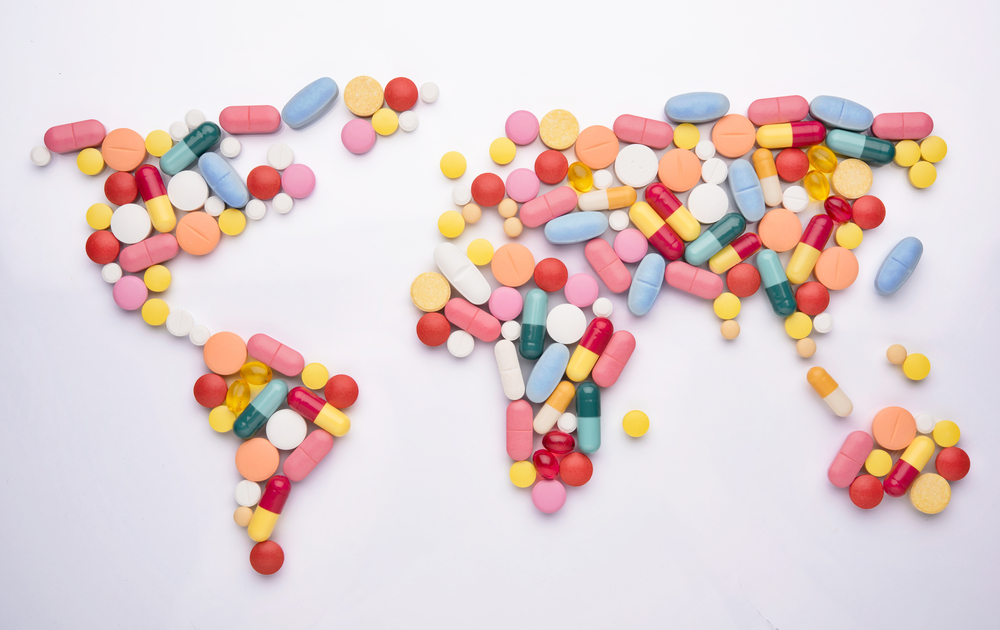Developing countries are nations that don’t have a developed industrial base, whilst also having a low Human Development Index. This is measured in relation to other countries, though there isn’t a clear agreement in place as to which countries fall under this category.
Typically speaking, developing countries are aided by non-profit organizations that have been established in developed countries. These provide support in many forms, particularly financially as people tend to donate money to these appeals in aid of developing countries. There are upwards of 1.5 million non-profit organizations in the US alone, whilst charities in other areas of the world are also in full swing such as ILM in the UK.
One of the key areas that charities focus on is the healthcare sector in developing countries. This is because inhabitants of these countries often suffer from treatable illnesses, and sometimes die, due to a lack of resources. So, what is the current state of the healthcare system within developing countries?
The Differences Between Healthcare in Developed and Developing Countries
The term healthcare covers all forms of restoration of human life in both a physical and mental capacity. It relates to both preventative and treatment measures that need to be put in place to ensure the wellbeing of patients. Usually, a developing country relies on agriculture to improve its socioeconomic position, meaning that healthcare infrastructures are seriously lacking.
Developed countries are equipped to provide the majority of their citizens with a healthy life in a safe environment. This means that these nations have an increased life expectancy, a high Human Development Index, good healthcare, better infrastructures, and a high education level. On the other hand, developing countries have limited access to healthcare, weak infrastructure, high mortality rates, high birth rates, and lower education rates.
Depending on the political and economic situation, the healthcare situation of each developing country will differ. Despite this, each of them lacks facilities that are typically readily available in the developed world.
Challenges in Developing Countries

There are many challenges that stand in the way of developing countries attaining adequate healthcare on an economic, political, cultural, and social scale. For example, there is often a huge divergence between the cost and quality of the outcome of the service. Healthcare services in the developing world are hugely expensive and the cost doesn’t match the quality of treatment for many patients.
Additionally, each nation has an allotted budget assigned to their healthcare programs; since developing countries are more prone to epidemics, certain infections and diseases will receive more attention than others. These countries are more susceptible to epidemics as they’re not able to put measures in place to prevent the spread of infection. As a result, uncommon diseases will often be neglected as the healthcare services are not equipped to treat them.
Another problem that developing countries face is the lack of healthcare professionals and medical personnel. Education is not a given in the developing world; not only are millions unable to afford the education costs but many are forced out of education into child labor to make ends meet. Therefore, inhabitants of developing nations are unable to undergo the necessary training to make their way into the healthcare sector.
Furthermore, many developing countries have an aging population which puts strain on the healthcare systems. It’s unavoidable that older people will require more medical treatment, as their bodies are not fit enough to fight off infections themselves.
These are just a few of the many problems that the developing world faces when it comes to the h
